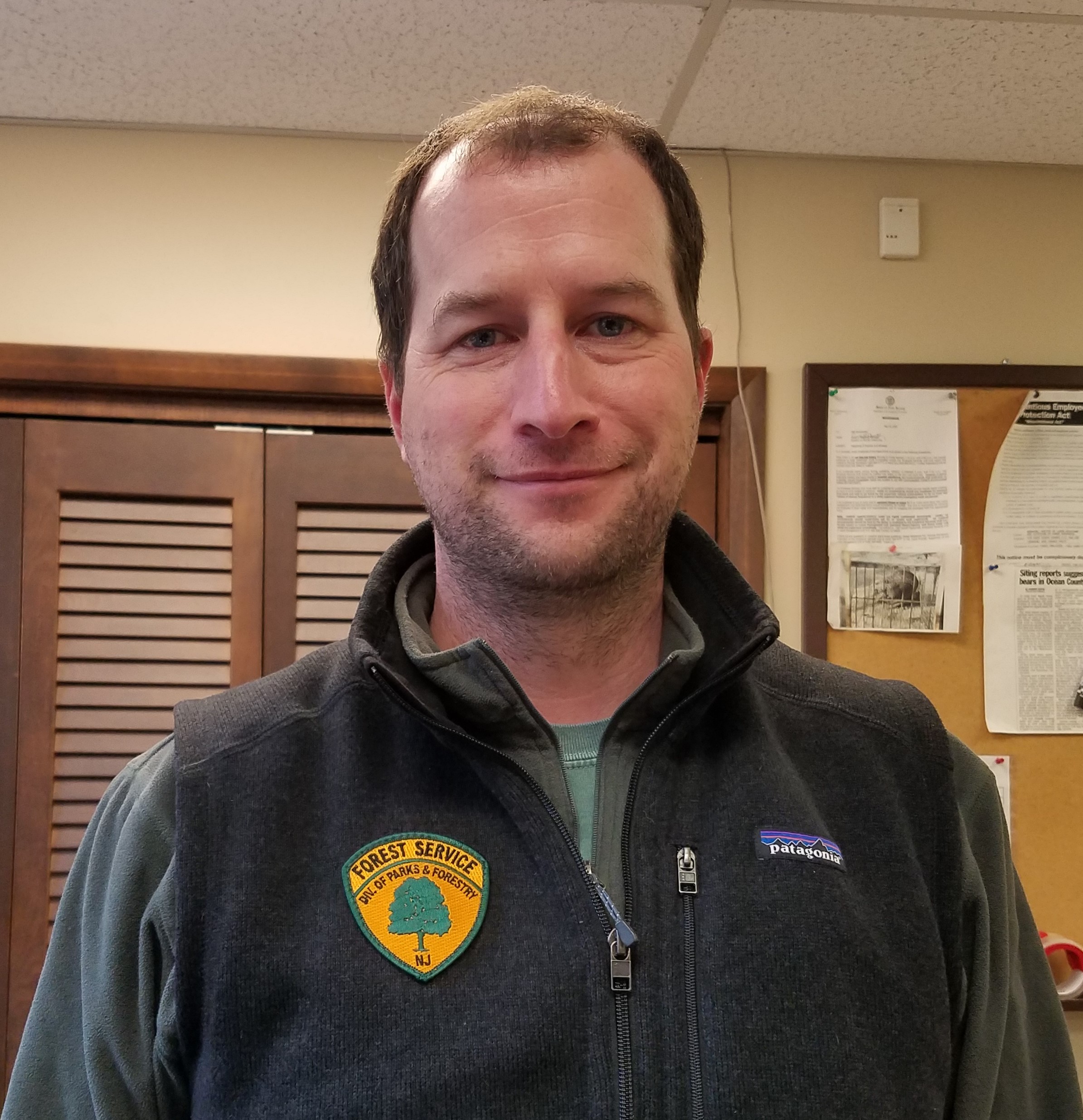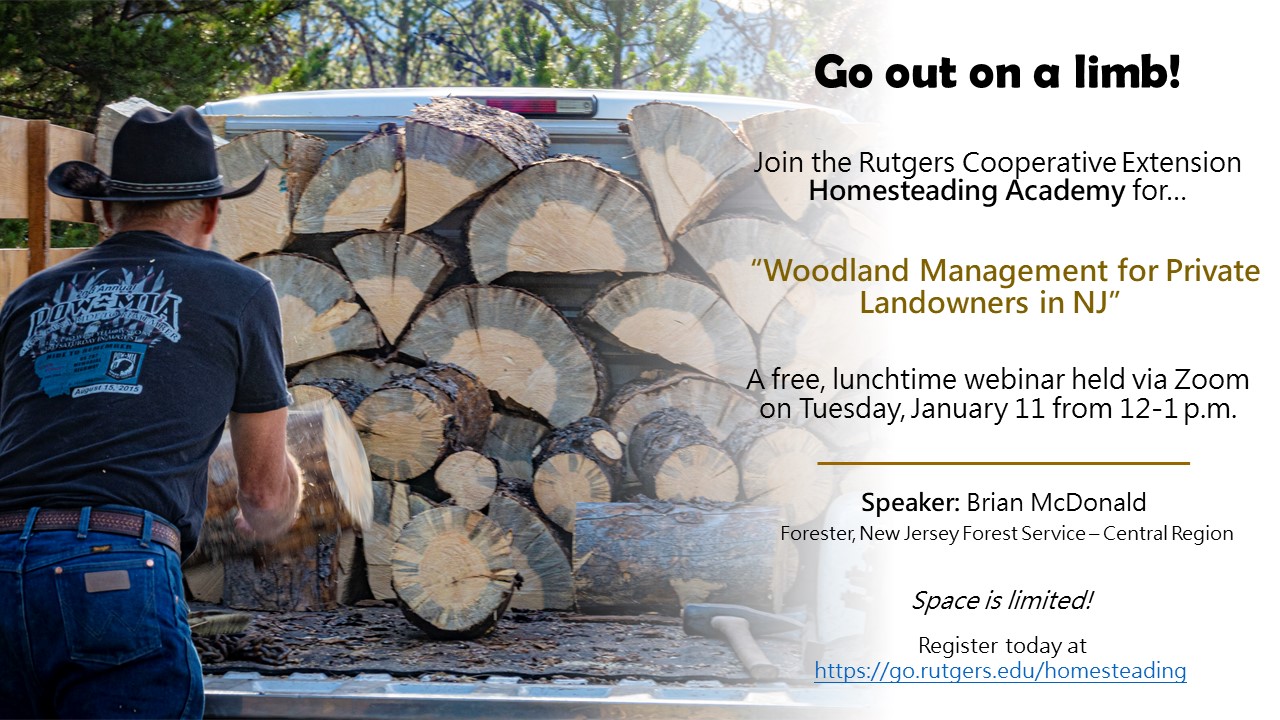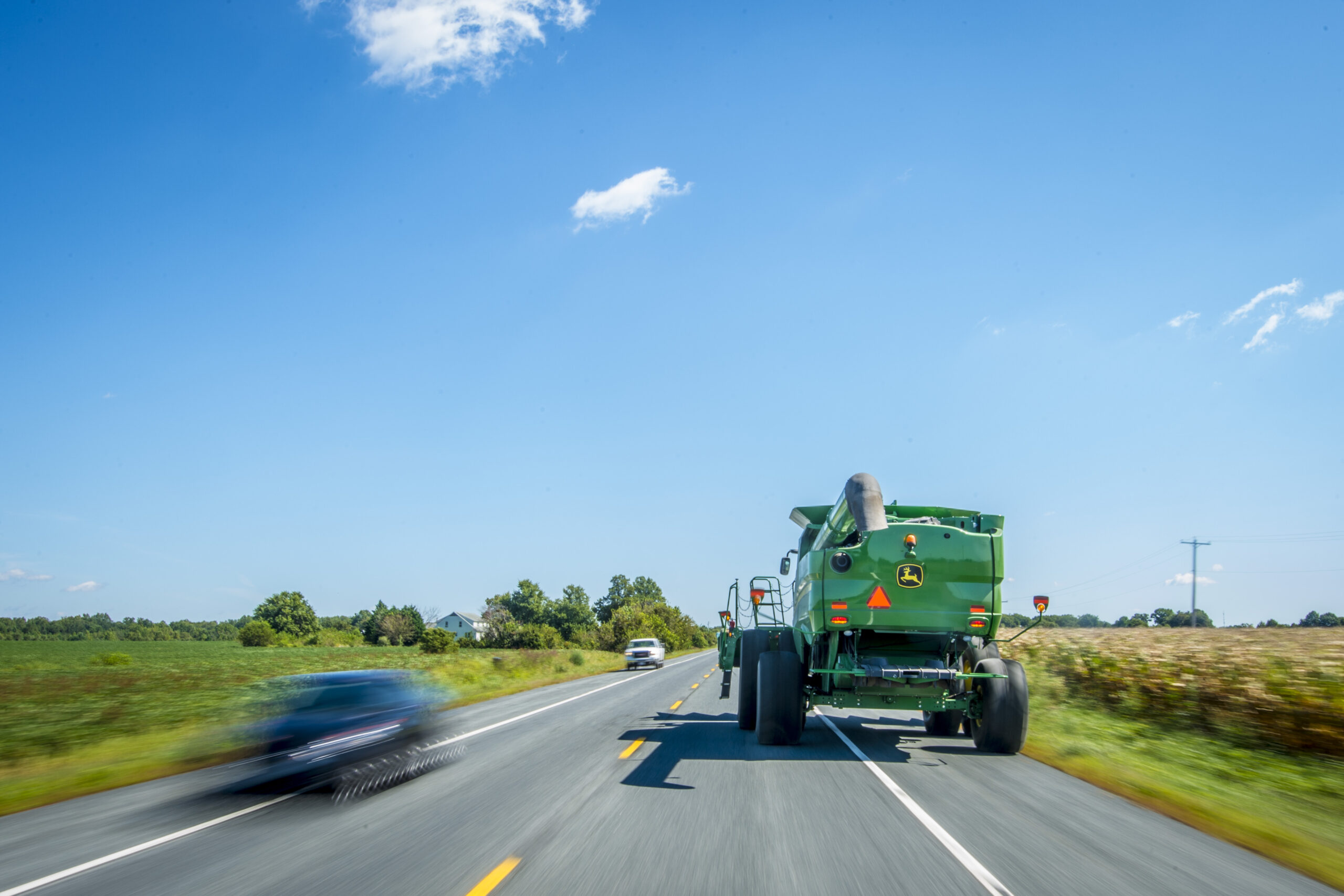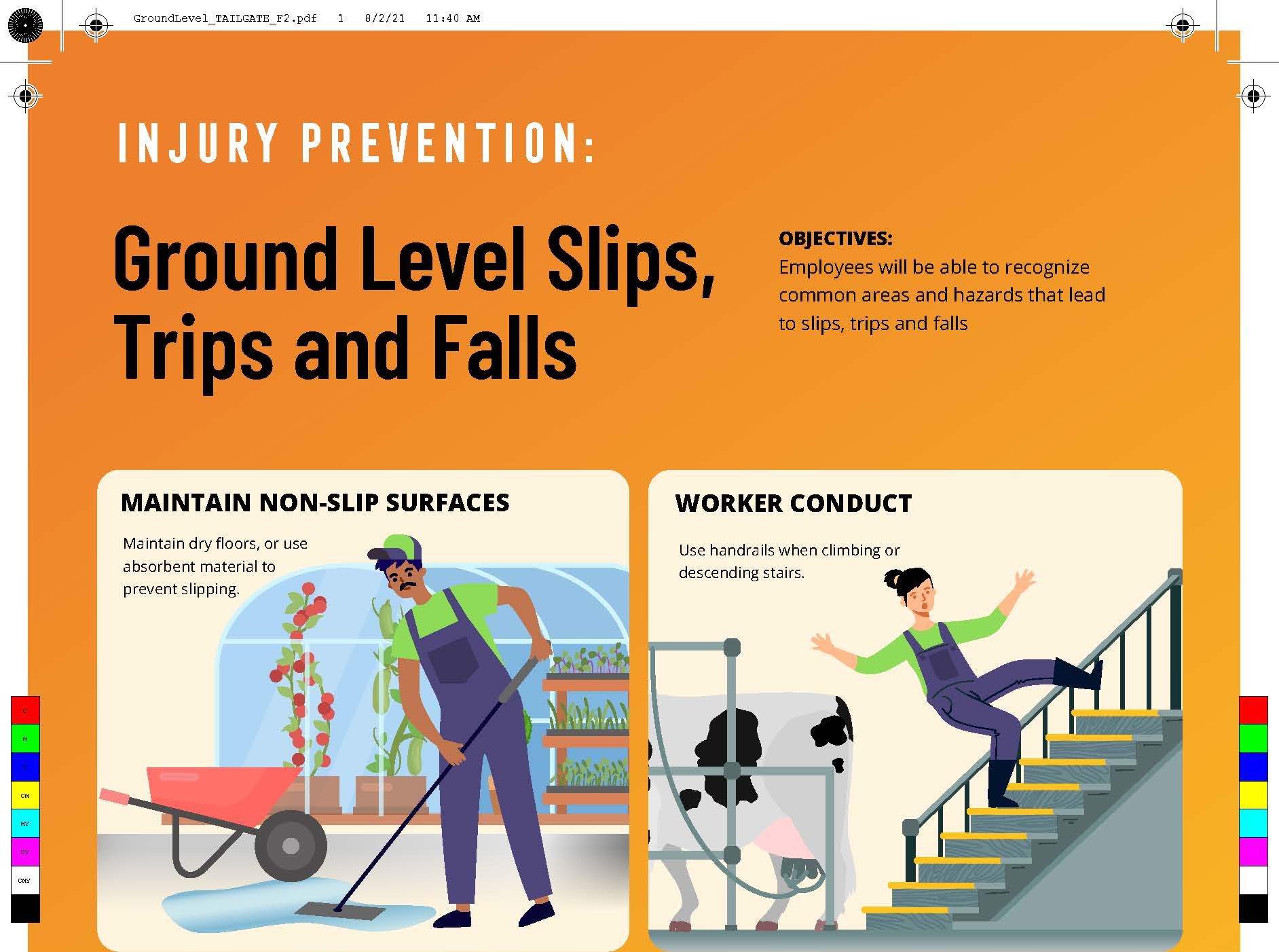The Northeast Cover Crops Council Annual Conference will take place next week on Thursday, March 10 and Friday, March 11, 2022. The conference will be held virtually from 9 a.m. to 12:30 p.m. on both days. Find the full agenda here! Registration will close on Monday, March 7 at noon. [Read more…]
2022 Northeast Cover Crops Council Conference
Registration for the 5th Annual Northeast Cover Crops Council Conference is now open!
The conference will be held virtually from 9 a.m. to 12:30 p.m. on two days – Thursday, March 10 and Friday, March 11, 2022. The agenda includes graduate student lightning talks and several concurrent sessions led by researchers, Extension and industry personnel and agricultural producers from throughout the country. Find the full agenda here! [Read more…]
Upcoming Webinar on Woodland Management

Brian McDonald, regional forester with the NJ Forest Service.
Under the Farmland Assessment Act, woodland owners can be eligible for reduced property taxes if they follow a state-approved woodland management or forest stewardship plan. In fact, New Jersey has more than 228,000 acres of private woodlands currently being managed under the Farmland Assessment Act with practices that include reforestation, timber stand improvement, fish and wildlife habitat enhancement, fire hazard reduction, invasive species control, watershed protection, and wetland restoration.
If you’d like to learn more about woodland management or forest stewardship to qualify for farmland assessment, join the Rutgers Cooperative Extension ‘Homesteading Academy’ for their upcoming webinar “Woodland Management for Private Landowners in New Jersey”. This lunchtime webinar will be held on Tuesday, January 11, 2022 from 12-1 p.m. and presented by Brian McDonald, a forester with the New Jersey Forest Service.
There is no cost to attend, but pre-registration is required to receive the Zoom link. Register today at https://go.rutgers.edu/homesteading!
If you have any questions, contact Kate Brown, Program Associate with RCE-Burlington County. Email kbrown@njaes.rutgers.edu or call 609-265-5050.

Cut Costs (Not Fingers) When Prepping Firewood
Using a high-efficiency wood or pellet stove can be a cost-effective way to reduce your home heating costs compared to other fuels like natural gas, fuel oil, or electricity. According to Penn State Extension, the greatest savings are realized when you cut your own firewood rather than opting to buy pellets or have cordwood delivered. However, there are several hazards associated with use of a chainsaw or ax for felling trees or splitting firewood; the CDC estimates 36,000 people visit hospital emergency departments annually for injuries caused by chainsaws. If you plan to cut your own firewood this winter, it’s important to keep safety top of mind. [Read more…]
Stay Safe on the Road During the Harvest
Autumn is harvest season on the farm, and farmers are rushing to get the harvest in before the weather becomes cold. With harvest season getting underway, more heavy farm equipment is going to be out on the same roads as vehicle traffic, going from field to field, dramatically increasing the odds for accidents. During this season, it is important to be aware of the increased possibility of accidents and injury, especially when using farm machinery. One area to pay particular attention to is road safety while moving equipment. Here are some tips to help make sure the season is safe.

USDA Photo by Preston Keres
Make sure your farm vehicles and equipment are visible.
- Verify that all lights and flashers on your farm vehicle are working properly.
- Use warning flashers, flags, lights and slow-moving vehicle emblems on all equipment.
- Apply reflective tape to machines to improve visibility for motorists at dusk.
- Avoid traveling before dawn and after dusk if you can. If you need to drive during these times, ensure that your headlights are working. Headlights help you see and be seen.
- Consider the use of an escort vehicle following with lights and flashers
Also, make sure you know the size of all tractors, vehicles and equipment. Be mindful of the height of your farm equipment and avoid power lines, low bridges and other overhead obstacles. Remember to communicate with fellow motorists on the road. Use turn signals and hand signals whenever possible to communicate with fellow drivers. Avoid distractions and make safety a priority on the road. Also, particularly important is to pay attention to when you are feeling tired and fatigued. Taking a break to rest is an important safety tool not to be overlooked.
This post was written by Bill Bamka, County Agricultural Agent with RCE-Burlington County.
Help Evaluate New Farm Safety “Tailgate Trainings”

Preview of the “Ground Level Slips, Trips and Falls” Tailgate Training sheet
The Northeast Ag Safety and Health Coalition is looking for farmers willing to field-test and evaluate their new set of “Tailgate Trainings” – short, simple, training sessions that a farm owner or manager can use with a small group of workers. The trainings are designed to be done with small groups, anywhere, and promote retention of material. Topics of the current “tailgate” training sheets include 1) Ground Level Slips, Trips, and Falls, 2) Cattle Handling, and 3) Tractor Side-Overturn.
If you are willing to participate, the Coalition requests that farmers or managers conduct one training session with workers using the provided “tailgate” training sheet. Once the training session is complete, you are asked to fill out a very brief (5 question) evaluation form and mail it back to the Coalition. All material and postage paid/self-addressed return envelopes will be provided (to return the evaluation form).
If you are interested, please email Kate Brown kbrown@njaes.rutgers.edu with the following information by October 1, 2021.
- Farm Name
- Mailing Address
- Requested training sheet(s) [see topics 1, 2, and 3 above]
Your time and participation in this project would be greatly appreciated. Thank you.
